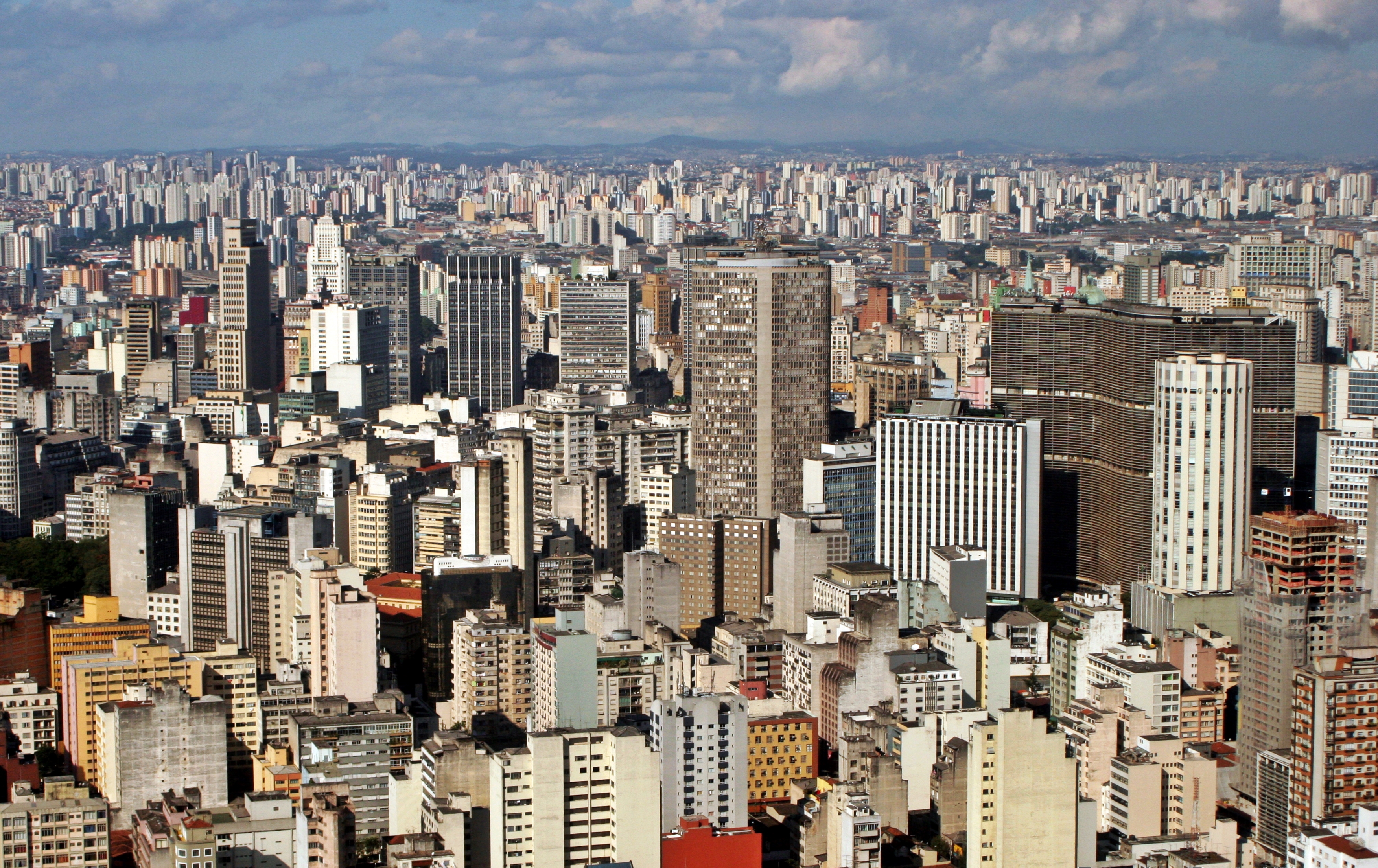
Urban centers with populations over 10 million, megacities are the greatest consumers of resources, especially water. When London reached limits to growth, the New River allowed the city to expand. At a time when the Tiber threatened health and safety, Rome built the aqueducts. Over 2000 years ago, Chengdu, China engineered the Dujiangyan irrigation system. Today, Paris is among the world’s cities utilizing non-potable water to power systems and control climate. Megacities are responsible for 70% of fossil-fuel CO2 emissions. What can the megacities of the world do improve and sustain the environment? Will Africa lead the way? As world water becomes more precious, how can cities use water wisely? UNESCO considers this question in conjunction with COP21.
Special appreciation to Rachael M. Rusting for Dujiangyan references and suggestions.
Building the World Blog by Kathleen Lusk Brooke and Zoe G Quinn is licensed under a Creative Commons Attribution-NonCommercial-NoDerivs 3.0 Unported License.

Thank you for creating such a current and dynamic website – keeping before us global issues
while couching in historical context !!
KEEP ON !!